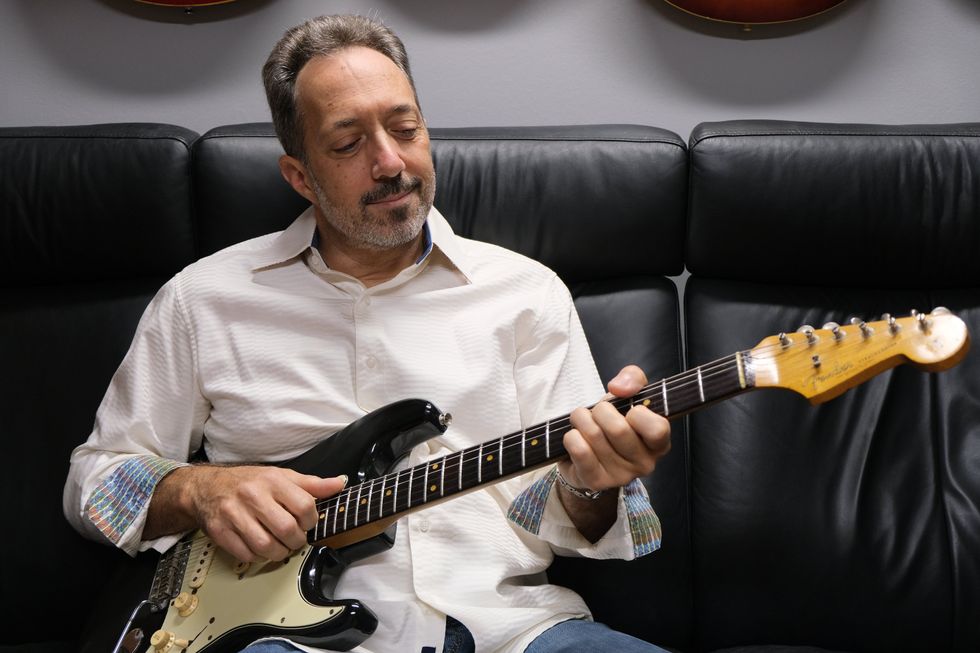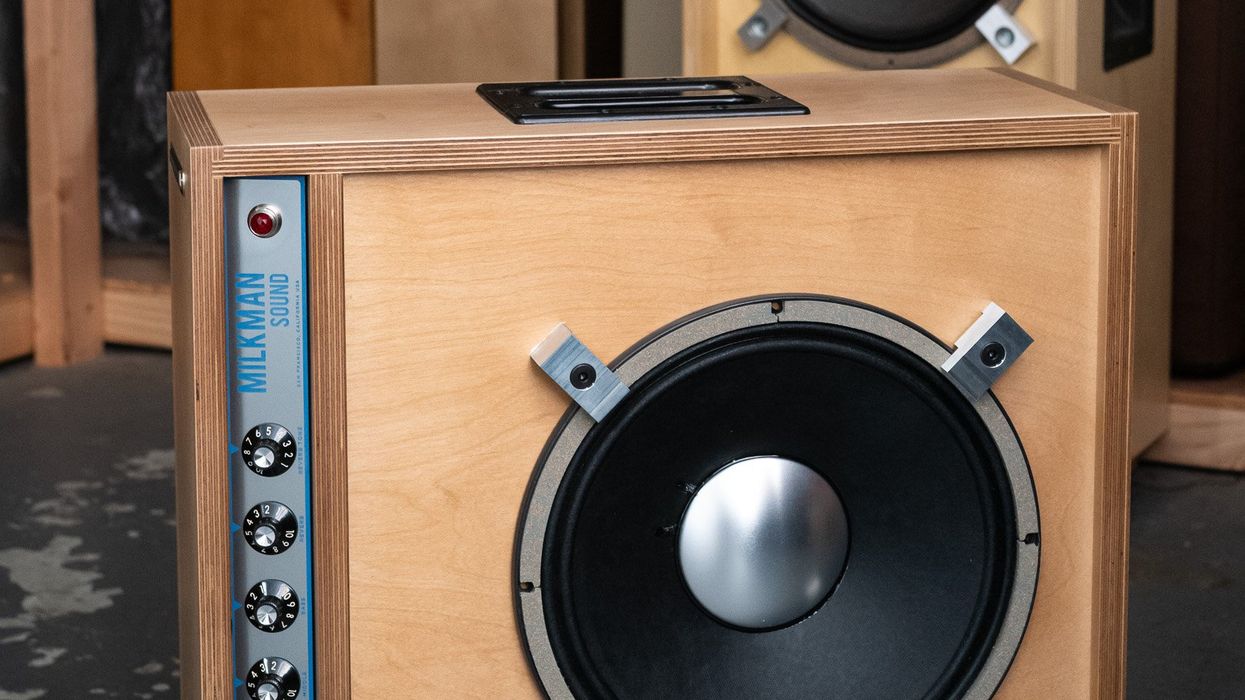“To standby or not to standby, that is the question”
Are you using your standby switch correctly? Are you sure? It might be a little different than you think.
You have your on/off switch and, well, that makes sense. But standby? Okay, well, what is the flip side? In a tube guitar amplifier, it is “play.” Isn’t the flip side of “off” also play? Why are there two switches that do basically the same thing? Vacuum tube amps are a very old electronic technology, and there is a specific function for each of the two switches.
The on/off switch controls power to the entire amplifier by switching the line voltage on or off to the power transformer. The power transformer is the distribution hub for the energy inside the amp. If your amp doesn’t have a standby switch, then once you switch it on, all the energy is on inside the amp all at once. This isn’t a good thing for vacuum tubes. They need to warm up before they can function, which is why you get no sound from a tube amp when you first turn it on. Tubes only need about 45–60 seconds to warm up to function, but they do sound different and “better” once they get up to operating temperature. This can take five to 10 minutes, and once you actually start playing the amp and they get cooking, even more time to get that tone!

George Alessandro is the owner of Alessandro High-End Products and his amplifiers and signature Eminence Speakers are used by artists including David Gilmour, Derek Trucks, Eric Johnson, and many others.
So the standby switch has a few functions. At cold start up, it allows the tubes time to warm up before applying the high voltage to them to operate the amp. While the amp is at operating temperature, if you are taking a break, it allows the amp to also take a break while maintaining operating temperature. And at the end of the session, it allows you to discharge the energy inside the amp. Here are the times you’ll use that switch:
Cold start
With the standby on, turn the power switch on. Allow the amp to warm up for a minute, then flip the standby to “play” position. There is no issue with waiting more than a minute, but shorter is bad. There is this thing called cathode stripping that happens when you apply voltage to a tube before it is fully warmed up.
In between sets or just taking a break.
You probably know how hot your amp gets when you’re jamming away. This is okay; tubes run on high temperatures, but all the other parts inside, not so much. So, give the amp a break. When you’re taking a break, switch to standby position. This keeps the tube warm but allows the entire amp to cool down. This also takes the high voltage off the circuit, so the parts’ life clock is put on hold, too. If you’re going for a long break, an hour or more, you can do a full shutdown and start from the cold-start procedure. Otherwise, you’re just wasting energy heating the tubes and the heaters do have a life span.
Shut down.
So far, it’s likely everything seems obvious. But here’s where people can get it wrong: It’s the end of the night, and you’re drained and done. Well, your amp wants to be too! Shutdown is a slightly different procedure than taking a break and allows the amp to drain all its stored voltages. After that last note, flip that on/off switch onto the off position. You can audibly hear the energy drain out of the amp as the last of the high voltage is dissipated by the tubes trying to operate, because the standby switch is still in the play position. The off position shuts down the heaters inside the tubes and the high voltage, so the last of the energy stored by the caps can drain out while the tubes are still hot. When you hear the last of that sound dissipate, the voltage inside is drained, and you can put the standby switch onto standby. Now, the amp is ready for the cold start up procedure.
What about amps that don’t have standby switches? They don’t need it. The Princeton Reverb, for example, doesn’t have a standby switch, but it does have a 5AR4 rectifier tube. The 5AR4/GZ34 tube has a controlled warm up. While the tube is cold, it will not pass high voltage for a set amount of time, about 45 seconds. This controlled warm up allows all the tubes in the amp to get warm before the high voltage comes on. So, it does the waiting to go from standby to play for you. You don’t have the take a break option anymore, so it is best to shut it down when taking long breaks. It automatically does the cold turn on and aforementioned shut down procedure.
But if your amp has a standby switch, use it!


























